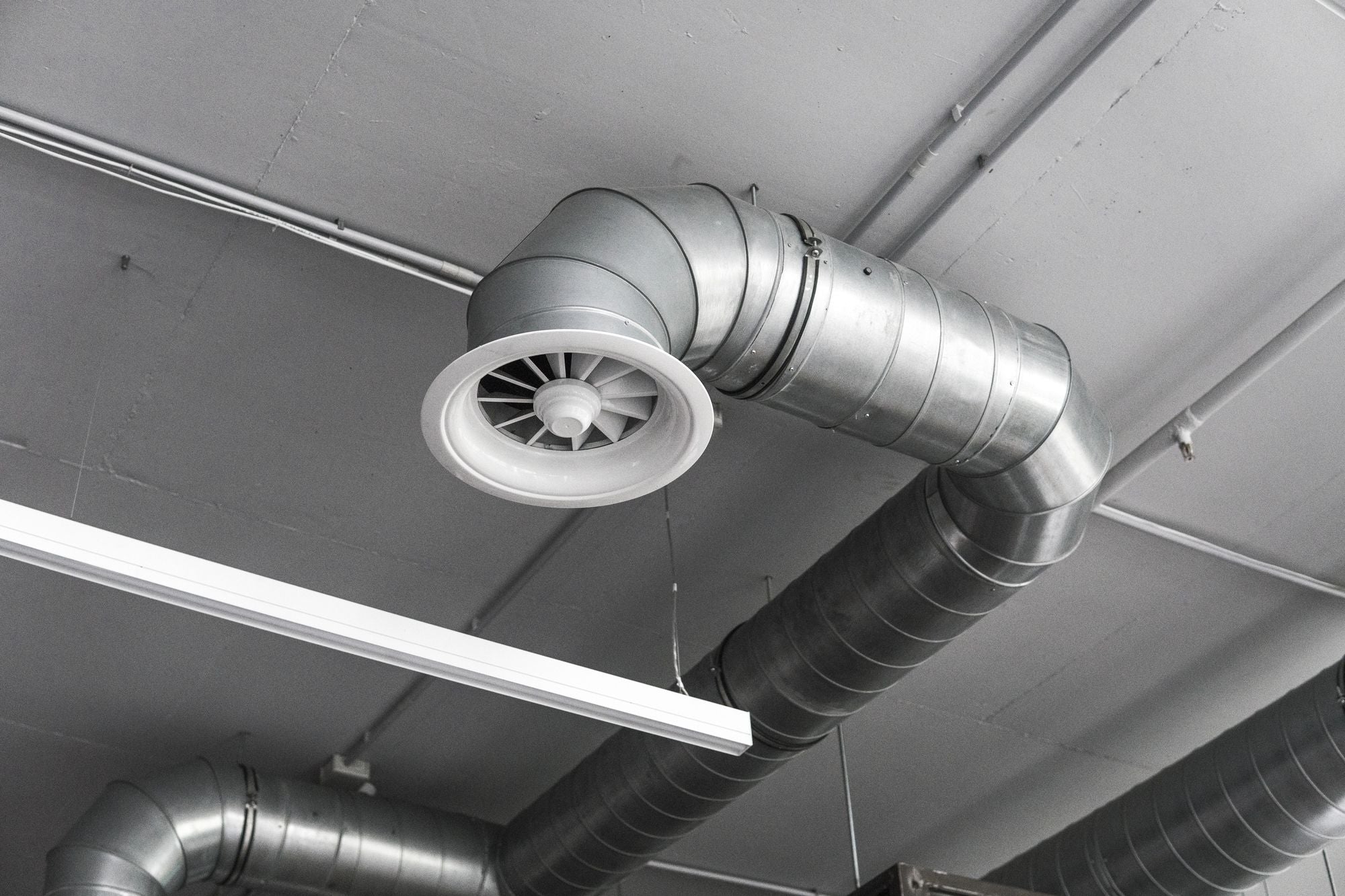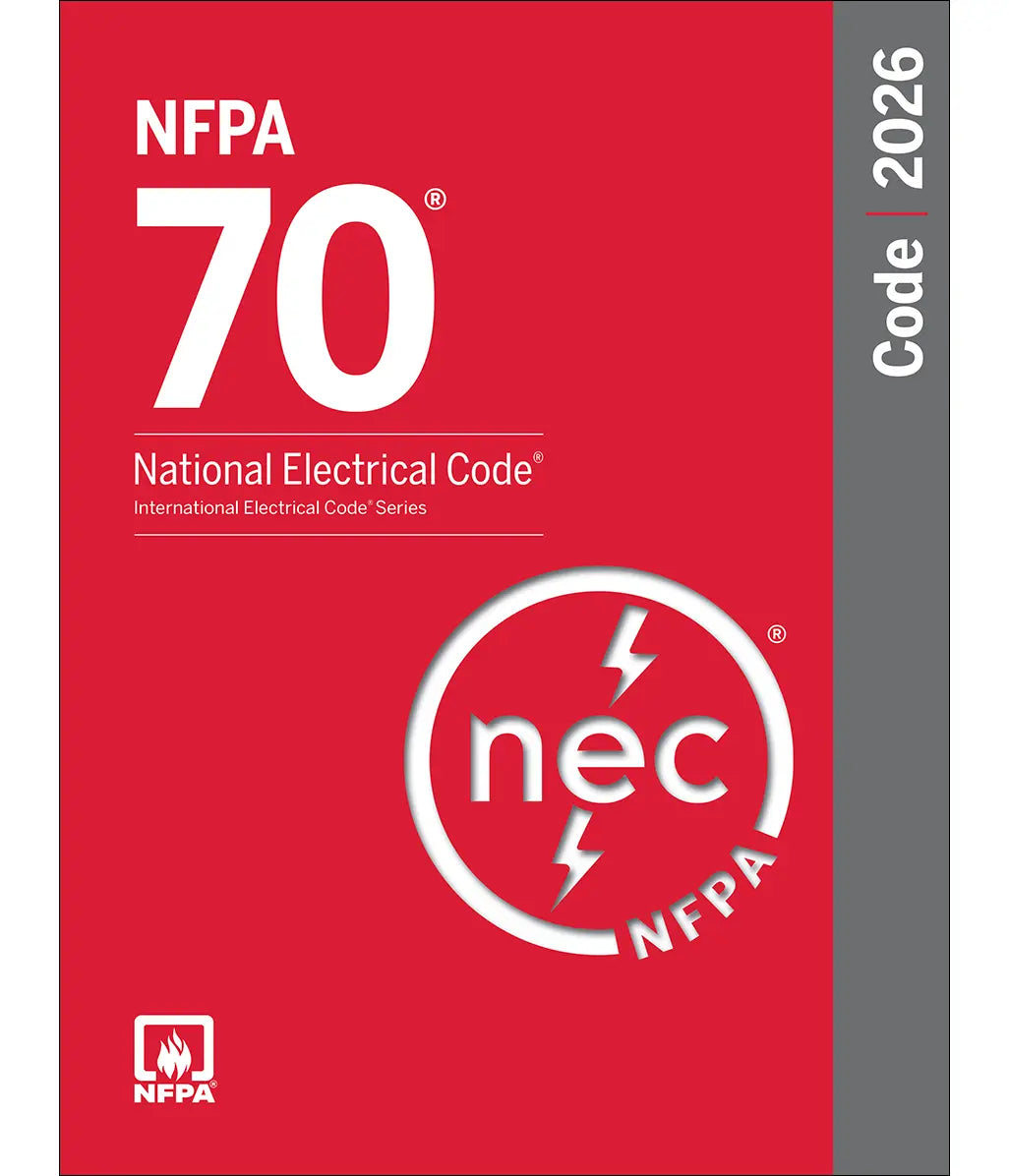When thinking about how to manage air quality in homes, businesses, or industrial spaces, choosing the right fan can make a big difference. Ventilation fan vs. exhaust fan—these terms often come up when discussing air circulation, but they serve different purposes. Selecting the right fan is crucial to ensuring proper air movement, whether you aim to improve air quality or eliminate unwanted smells and moisture.
Purpose of Ventilation Fans Versus Exhaust Fans Explained
Ventilation fans and exhaust fans serve different functions in managing air quality. Ventilation fans are designed to bring fresh outdoor air into a space, maintaining a consistent flow of fresh, clean air throughout the area. They are often used to ensure that indoor air does not become stale or stagnant. In contrast, exhaust fans are primarily used to remove air from an enclosed space, along with any unwanted elements like moisture, odors, or smoke. The key difference lies in their role: ventilation fans introduce air, while exhaust fans remove it.
Airflow Direction Differences Between Ventilation and Exhaust Fans
The direction of airflow is a fundamental difference between ventilation and exhaust fans. Ventilation fans pull air into a room from the outside, promoting a continuous influx of fresh air. This process helps replace indoor air that may have accumulated pollutants or become depleted of oxygen. On the other hand, exhaust fans push air out of the space. By doing so, they help remove air that contains heat, moisture, or unwanted smells, directing it outside the building. This distinction is crucial for selecting the appropriate fan type for specific needs.
Ventilation Fans Circulate Air, Exhaust Fans Remove Air
Ventilation fans are essential for circulating air within a space, ensuring that the air remains fresh and oxygen-rich. They help to maintain a comfortable environment by balancing indoor and outdoor air pressure and humidity levels. Exhaust fans, in contrast, are specifically designed to remove air from an environment. By expelling unwanted air, they help reduce humidity, prevent mold growth, and eliminate pollutants, ensuring a healthier indoor atmosphere. Understanding these different functions is vital for choosing the right fan based on your requirements.
Use Cases: Where Ventilation Fans Are Most Effective
Ventilation fans are most effective in environments where continuous airflow is needed to maintain air quality. This includes spaces such as offices, living rooms, and other areas where people spend a significant amount of time. By constantly introducing fresh air, these fans help prevent the buildup of indoor pollutants and keep the environment comfortable. They are particularly useful in rooms without windows or adequate natural ventilation, where airflow must be managed mechanically to ensure a healthy atmosphere.
Applications: Situations Requiring Exhaust Fans for Efficiency
Exhaust fans are best suited for applications where air needs to be removed quickly and efficiently to prevent damage or discomfort. Common use cases include kitchens, bathrooms, and industrial areas where moisture, smoke, or odors are prevalent. In these environments, exhaust fans help maintain indoor air quality by expelling unwanted air, preventing the buildup of contaminants that could lead to health issues or structural damage. Their ability to efficiently remove humid or polluted air makes them indispensable in these settings.
Ventilation Fans Improve Air Quality by Introducing Fresh Air
By introducing fresh air from outside, ventilation fans play a critical role in improving indoor air quality. They help reduce the concentration of indoor pollutants, such as dust, smoke, and volatile organic compounds. This fresh air supply also aids in balancing indoor humidity levels, making spaces more comfortable and reducing the risk of health problems associated with poor air quality. The consistent airflow created by ventilation fans ensures that the air remains clean, breathable, and healthy for occupants.
Exhaust Fans Eliminate Odors and Moisture from Enclosed Spaces
Exhaust fans are particularly effective at eliminating odors and excess moisture from enclosed spaces. By extracting air that contains unwanted smells, steam, or smoke, these fans prevent the buildup of unpleasant odors and reduce the risk of mold and mildew growth. This is especially important in bathrooms and kitchens, where high humidity levels can quickly lead to moisture-related problems. Exhaust fans ensure that these areas remain dry, clean, and free from unpleasant odors, contributing to a healthier indoor environment.
Installation Locations Vary Between Ventilation and Exhaust Fans
The installation locations for ventilation and exhaust fans differ based on their functions. Ventilation fans are typically installed in areas where fresh air is needed, such as in living rooms, bedrooms, or office spaces. They are placed in positions that maximize air intake from outside. Exhaust fans, however, are installed in locations where air needs to be expelled, such as bathrooms, kitchens, or industrial workspaces. Placement is key for these fans, as they need to be positioned to effectively remove air from areas where pollutants or humidity levels are high.
Energy Consumption Differences in Ventilation and Exhaust Fans
Energy consumption varies significantly between ventilation fans and exhaust fans due to their different operational roles. Ventilation fans often consume more energy as they run continuously to maintain a fresh air supply, especially in larger spaces. Exhaust fans, however, are generally used intermittently, activated only when air needs to be expelled. This difference in usage patterns means that exhaust fans may consume less energy overall, making them a more energy-efficient option in settings where continuous airflow is not required.
Noise Levels Differ Between Ventilation and Exhaust Fans
The noise levels of ventilation and exhaust fans can vary based on their design and operational settings. Ventilation fans tend to operate more quietly, as they are designed for continuous use in living and working environments where minimal noise is desirable. Exhaust fans, however, may generate more noise, especially when used in high-powered settings to quickly remove air from a space. This is often an acceptable trade-off in environments like kitchens or industrial areas where effective air removal is prioritized over noise levels.
Choose Sonic Electric for Efficient Exhaust Fans and Ventilation Fans
Experience the benefits of high-quality air management with Sonic Electric. Our exhaust fans effectively remove unwanted moisture and odors, ensuring a healthier and more comfortable environment. We specialize in installing and maintaining top-notch ventilation fans that circulate fresh air, promoting better air quality in your home or business. At Sonic Electric, we are committed to providing tailored solutions that meet your specific needs. Let our experienced electricians help you achieve optimal air quality and energy efficiency today. Contact Sonic Electric now to learn more!







Share:
11 Creative Pool Lighting Ideas For Your Backyard Oasis
What Is A Roof Jack And What Is It Used For?